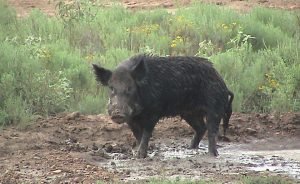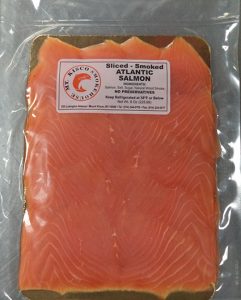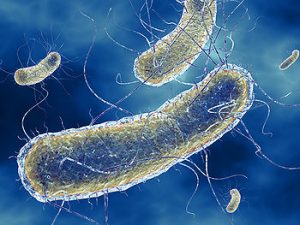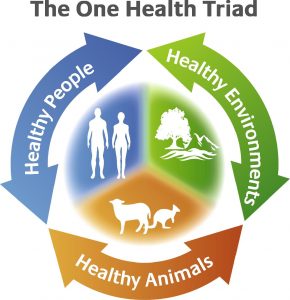Trichinellosis is a rare parasitic zoonosis caused by Trichinella following ingestion of raw or undercooked meat containing Trichinella larvae. In the past five years, there has been a sharp decrease in human trichinellosis incidence rates in the European Union due to better practices in rearing domestic animals and control measures in slaughterhouses.
 In November 2014, a large outbreak of trichinellosis occurred in Belgium, related to the consumption of imported wild boar meat. After a swift local public health response, 16 cases were identified and diagnosed with trichinellosis. Of the 16 cases, six were female. The diagnosis was confirmed by serology or the presence of larvae in the patients’ muscle biopsies by histology and/or PCR. The ensuing investigation traced the wild boar meat back to Spain. Several batches of imported wild boar meat were recalled but tested negative.
In November 2014, a large outbreak of trichinellosis occurred in Belgium, related to the consumption of imported wild boar meat. After a swift local public health response, 16 cases were identified and diagnosed with trichinellosis. Of the 16 cases, six were female. The diagnosis was confirmed by serology or the presence of larvae in the patients’ muscle biopsies by histology and/or PCR. The ensuing investigation traced the wild boar meat back to Spain. Several batches of imported wild boar meat were recalled but tested negative.
The public health investigation allowed us to identify clustered undiagnosed cases. Early warning alerts and a coordinated response remain indispensable at a European level.
Outbreak of Trichinellosis related to eating imported wild boar meat, Belgium, 2014
Eurosurveillance, Volume 21, Issue 37, 15 September 2016, DOI: http://dx.doi.org/10.2807/1560-7917.ES.2016.21.37.30341
P Messiaen, A Forier, S Vanderschueren, C Theunissen, J Nijs, M Van Esbroeck, E Bottieau, K De Schrijver, IC Gyssens, R Cartuyvels, P Dorny, J van der Hilst, D Blockmans
http://www.eurosurveillance.org/ViewArticle.aspx?ArticleId=22581










